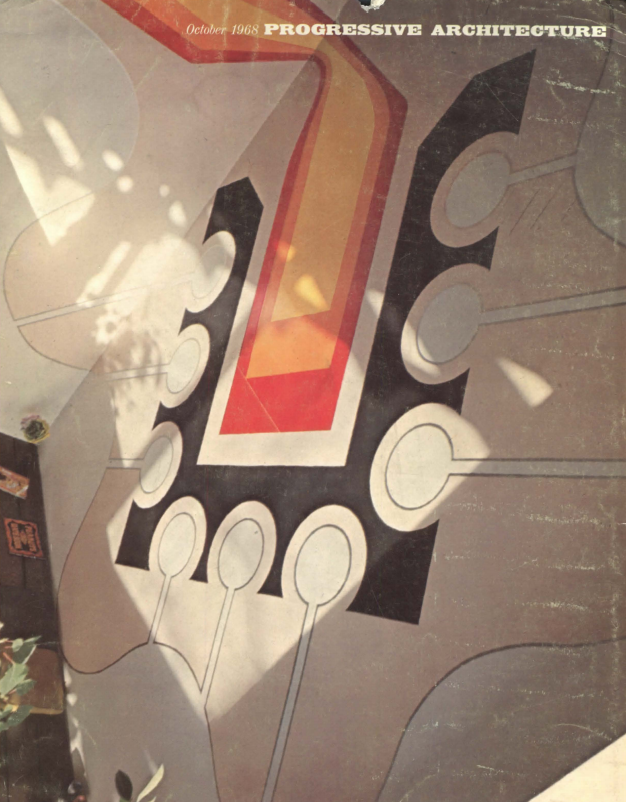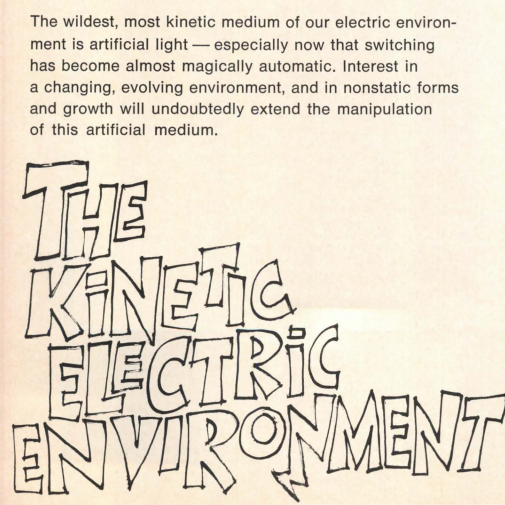“Earthrise”—probably the most famous photograph to come out of the space program. The photo was taken in 1968 during the Apollo 8 mission—the first time a manned ship had gone to the moon-and-back. Photo by US astronaut William Anders
THE BIG CHURN
1968 was an amazing year for the US—and the world. A year of firsts, a year of adventure, turbulence, war, creativity, and great sadness. A few examples of what it encompassed:
Apollo 8: first manned trip to the moon-and-back
First successful heart transplant
My Lai massacre in Vietnam
Prague Spring in Czechoslovakia
Martin Luther King and Robert Kennedy both assassinated.
Big Mac goes on sale nationwide
Founding of Intel corporation
Premiers of films Bonnie and Clyde, Rosemary’s Baby, and Planet of the Apes
North Vietnam launches Tet Offensive
911 emergency phone service is initiated
Talking Barbie doll introduced
Massive student protests on campuses in the US and worldwide
London Bridge is sold to the US
Installation of first ATM machine in America
Chicago Democratic Convention protesters are met with violent police response—which is broadcast nationwide
Boeing introduces first jumbo jet
the musical Hair opens
The cultural & domestic scenes were churning as well—wildly!—with pervasive questioning of the establishment in every domain, and extensive exploration of alternatives in lifestyle choices, religion, relationships, health, child-rearing, career, and education.
The arts—painting, sculpture, dance, film, writing, curation—were especially affected. Nor did design escape, as fashion, display, advertising, graphics, architecture, and interiors saw their share of colorful and untamed experimentation.
MAINSTREAMING THE FAR-OUT
While the mainstream architecture magazines kept publishing conventional work—plenty of International Style boxes filled their pages, and would do so for years to come!—the magazines also began to do articles on novel ideas and departures in design.
Cover of Progressive Architecture’s October 1968 issue, which dealt with the new adventures in interiors. Image: Courtesy of USModernist Library
The October 1968 issue of Progressive Architecture was entirely devoted to looking at this strange new phenomena (as manifest in interiors)—and is a perfect example of the professional journals attempting to grapple with the wild things that were happening in design. The issue was titled:
THE REVOLUTION IN INTERIOR DESIGN: THE BOLD NEW POLY-EXPANDED MEGA DECORATION
But, as though the editors couldn’t quite believe their eyes (or the sincere intent of the what they called “deviationist” designers), they kicked-off the issue with a meditative editorial asking:
“Is the work presented in this issue “serious”?
What followed were a series of article (each accompanied by a rich selection of designs) with provocative titles like:
Chaos As A System
Fun-House Architecture
The Synthetic Environment
Hard-Edge Interiors
Soft-Edge Exteriors
And, in a possible tribute to Tom Wolfe, one titled:
The Kinetic Electric Environment
RUDOLPH IN THE LATE 60’s
The year of that issue’s publication, 1968 (and the years bracketing it) was an exciting time for Paul Rudolph. They included some of his most interesting projects: Endo Labs, Tracey Towers, the Graphic Arts Center and LOMEX projects in NYC, the Green Residence, a stadium project for Saudi Arabia, Oriental Masonic Gardens (where he attempted to utilize prefabrication for housing units), the Burroughs Wellcome headquarters, the Brydges Library in Buffalo---and he also received the NY AIA’s Medal of Honor.
Paul Rudolph was referenced several times in that issue of Progressive Architecture. Ever the innovator, examples of Rudolph’s own designs were included—specifically in the last article, which was focused on light.
Even the title of that section of the magazine—via its unconventional (for the time) loose hand-lettering) reflected the adventurous nature of the content.
Here are the portions of the issue which showed Rudolph’s work:
Image courtesy of USModernist Library
Image courtesy of USModernist Library
Image courtesy of USModernist Library
In this work, as always, we see Rudolph-the-inventor: experimenting and exploring—and very much a part of that late 60’s hyper-creative era of design. Rudolph’s fascination with light (and light fixtures) would continue, and about a half-decade later he would go on to found a lighting company—Modulightor—in collaboration with Ernst Wagner.






